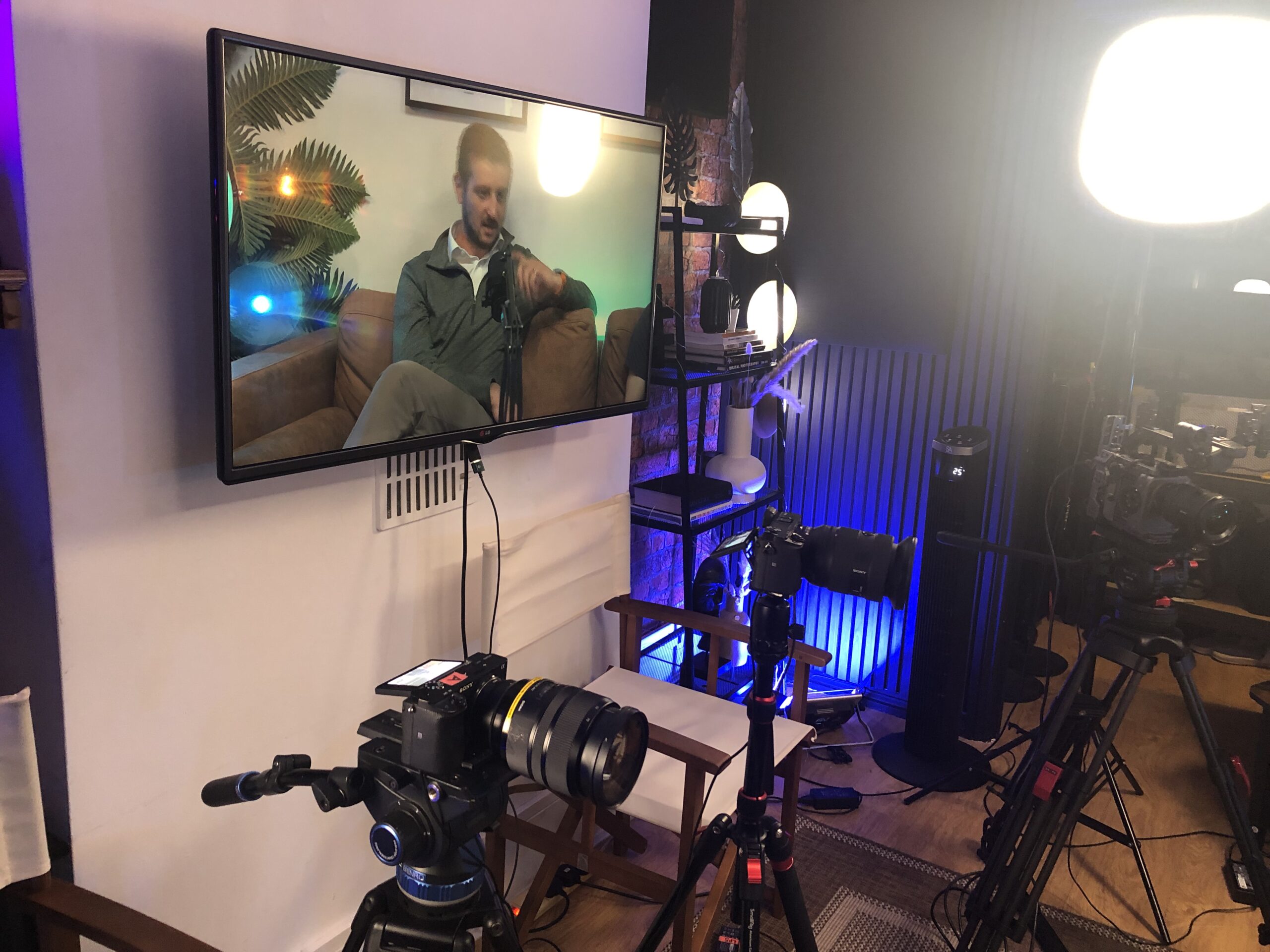The Pure Pod Episode 1: An Introduction to Multidisciplinary Care
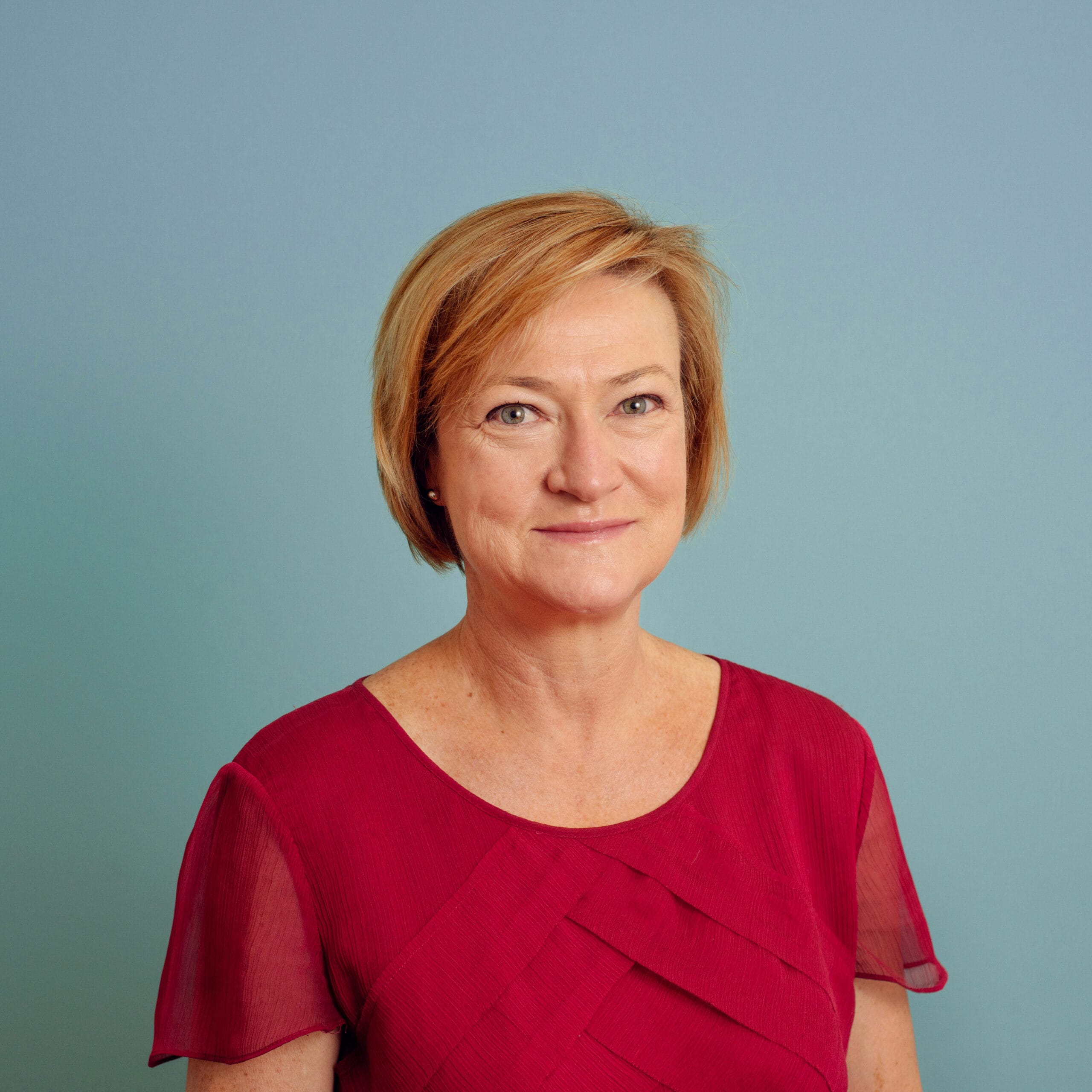
Claire Small
Chief Clinical Officer & Consultant Physiotherapist
- 9 October, 2024
- Physiotherapy
- Exercise
- Diet & Nutrition
- 5 min read
The Pure Pod Episode 1: An Introduction to Multidisciplinary Care
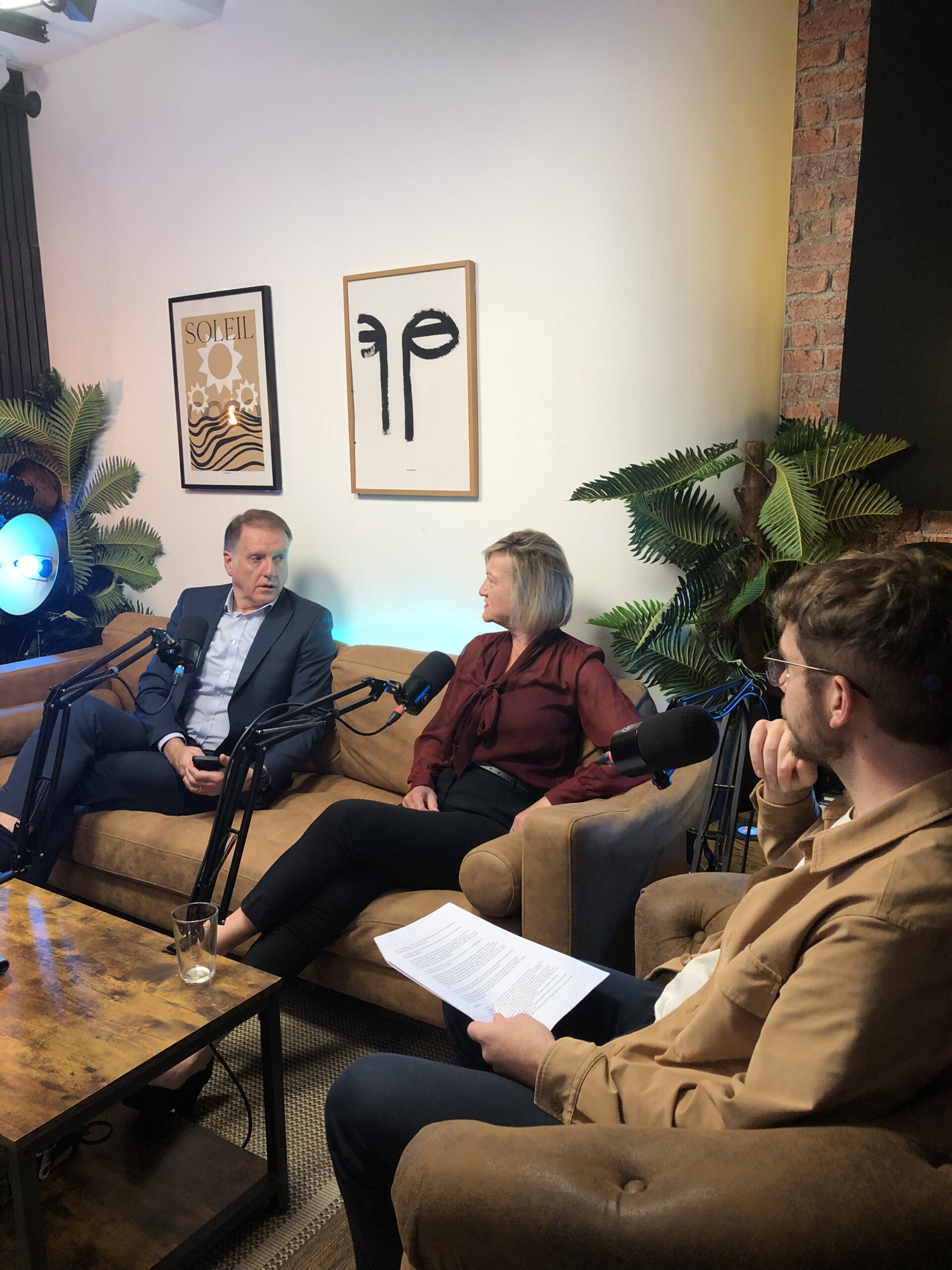
A multidisciplinary team (MDT) approach to treatment involves professionals from a range of fields to produce a comprehensive recovery plan for an athlete or patient.
This has become common practice in the treatment of many different illnesses and conditions. Studies have shown that MDTs lead to better outcomes for cancer patients, and it can reduce older peoples’ need to seek in-patient treatment. In elite sport, the latest innovations in physiotherapy, nutrition, sport & exercise medicine, and other specialist fields are used in tandem for the prevention and treatment, reducing the burden of injury on their athletes.
On the inaugural episode of our new podcast, we speak to Pure Sport Medicine’s Chief Clinical Officer, Claire Small, and Medical Director, Dr John Etherington, to explain this concept in more detail. They answer some fundamental questions, such as:
- How does an MDT approach benefit the patient?
- What are the key differences in process and outcome between this collaborative method of working, and a singular-discipline treatment programme?
- Can this methodology work for any type of athlete, injury or ailment?
You can listen to the podcast in full on the player below or keep reading on for edited excerpts from this enlightening conversation.
Before we start, please remember to subscribe to the Pure Pod on Spotify, Apple Podcasts, or wherever you get your podcasts.
What is an MDT?
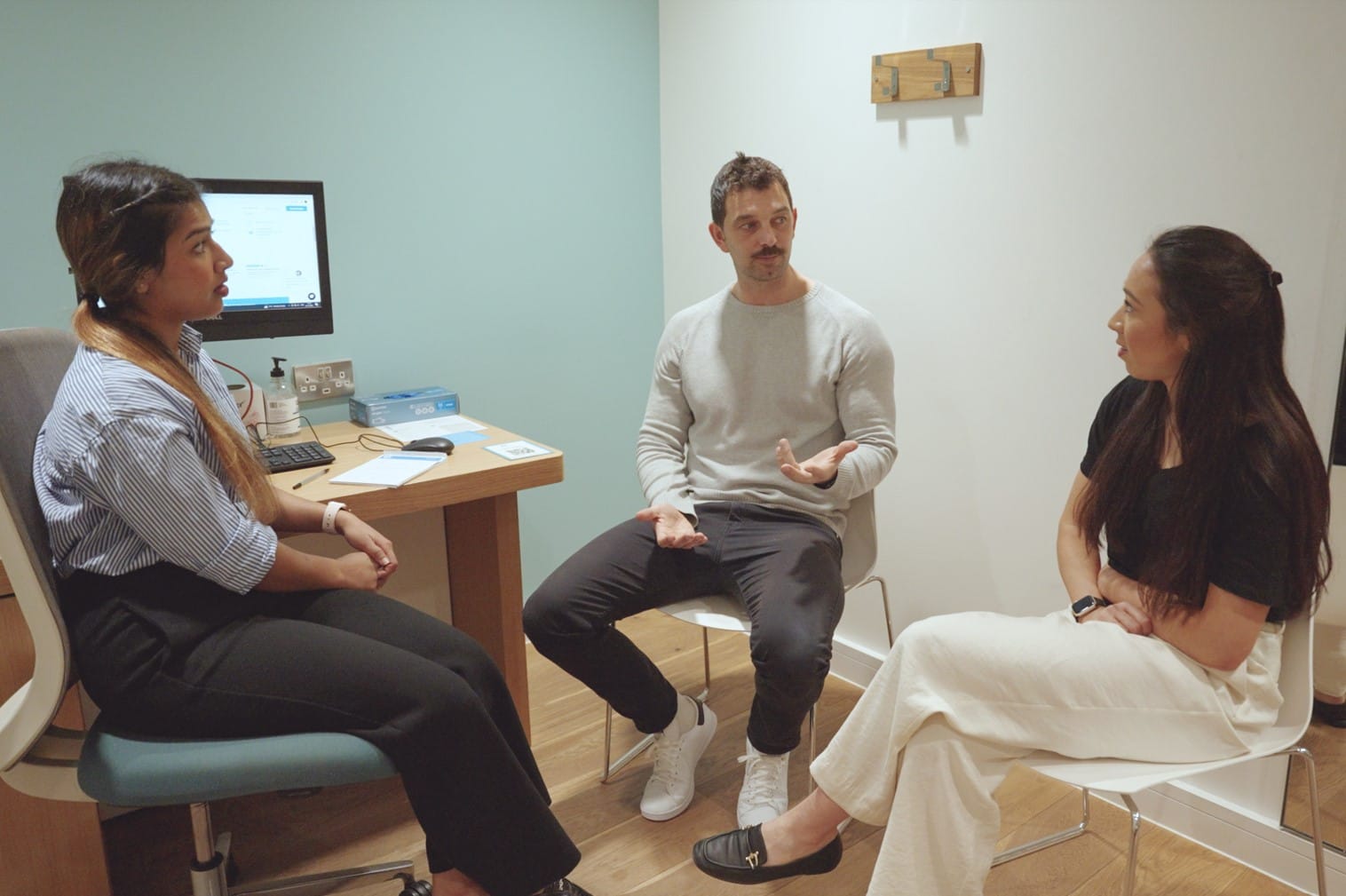
Dr John Etherington: MDT is effectively wrapping around the patient with a group of specialist clinicians. They can work together in order to answer the questions that a patient has and produce a solution to that medical problem that they are presenting with.
That team isn’t a hierarchical structure, it’s about using the particular elements and skills that those individuals have in a way to produce a set of common goals. The team where we work will involve physiotherapists, osteopaths, strength and conditioning coaches, soft tissue specialists, podiatrists, and doctors, but the fundamental bit about is we’re trying to produce a solution for that patient’s particular problem and we do it by working together, sharing information and using complementary skills to find the answer.
Claire Small: As John said a multidisciplinary team is not a hierarchical organisation. We recognise that every member of the team is an expert in their own area and they have their own specialisation and that’s what they bring to the team.
One of the most important aspects of an effective MDT is the respect for each other’s skillset. The recognition that everybody has something to contribute to the management of that patient.
The other thing that’s therefore really important within any kind of effective MDT is the effective communication between that group of individuals, really placing the patient at the centre of the team. And they are part of the team as well, because their views, their thoughts and their perspectives on different management options is fundamental to ensuring an optimal outcome.
How does an MDT benefit the patient?
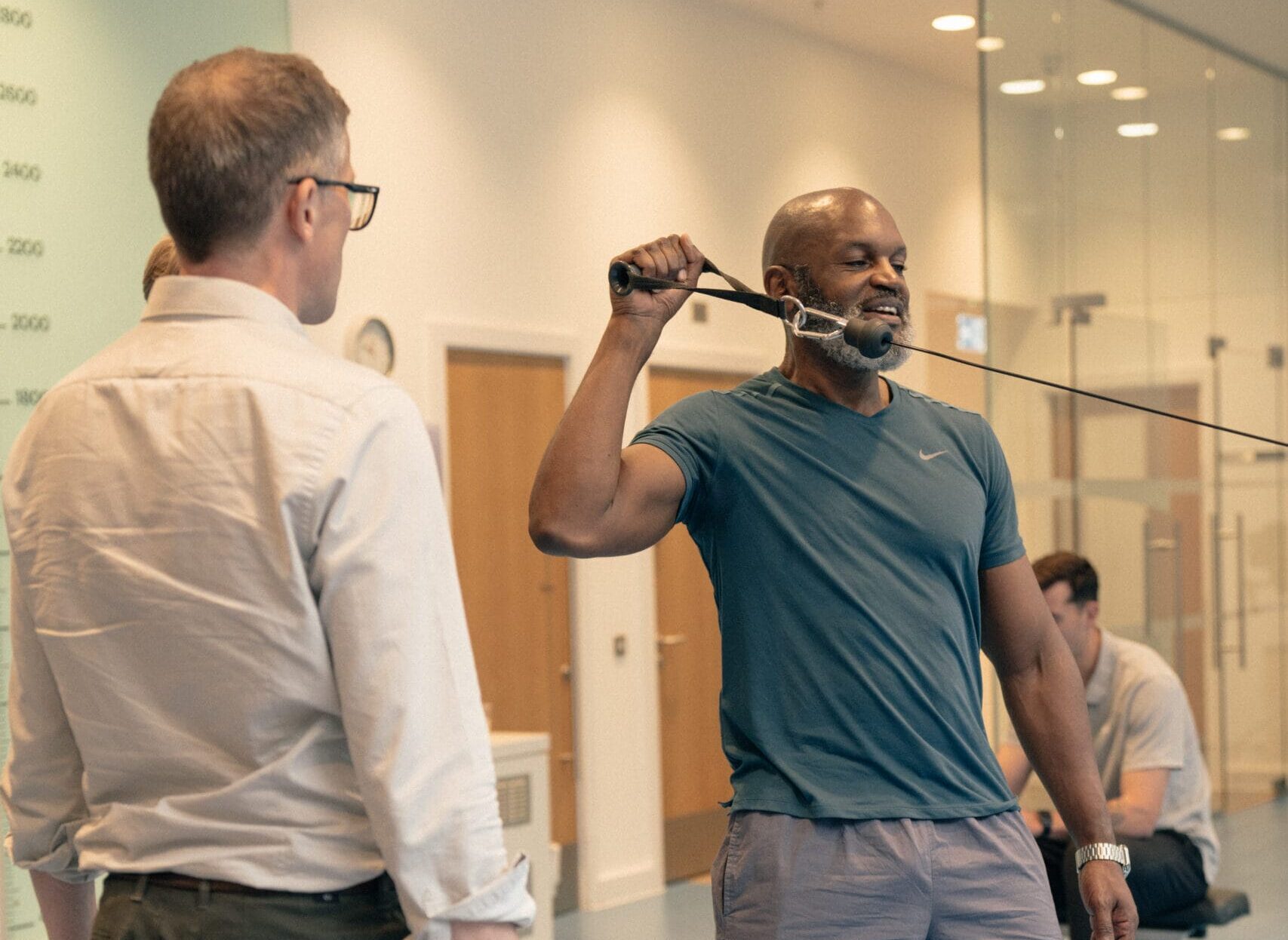
CS: The patient feels part of the process. We often do joint sessions together. It helps the patient recognise that we’re trying to help them get better as quickly as possible.
The speed of communication is also very important. The patient doesn’t feel like they’re waiting around for investigations or appointments, there is timely communication.
No patient expects a clinician to know everything. What they want is that if somebody’s not sure, or they don’t know, they send them to someone they feel comfortable with and confident in.
Within the media, a lot of the health and wellbeing commentators say they’re a trainer, a nutritionist and a soft tissue therapist. Their argument is, that makes them amazing, but really you’re a jack of all trades and a master of none.
At Pure, we want people who really are experts in their area. That can be a clinician with expertise in a certain joint, or the management of a certain type of patient. We’ve got experts in managing runners, or problems from dancing. We’ve got knee experts, or those who like to help patients with osteoporosis or menopause.
Collaboration between a team of experts is always better than an individual.
What are the key differences in process and outcome between this collaborative method of working, and a singular-discipline treatment programme?
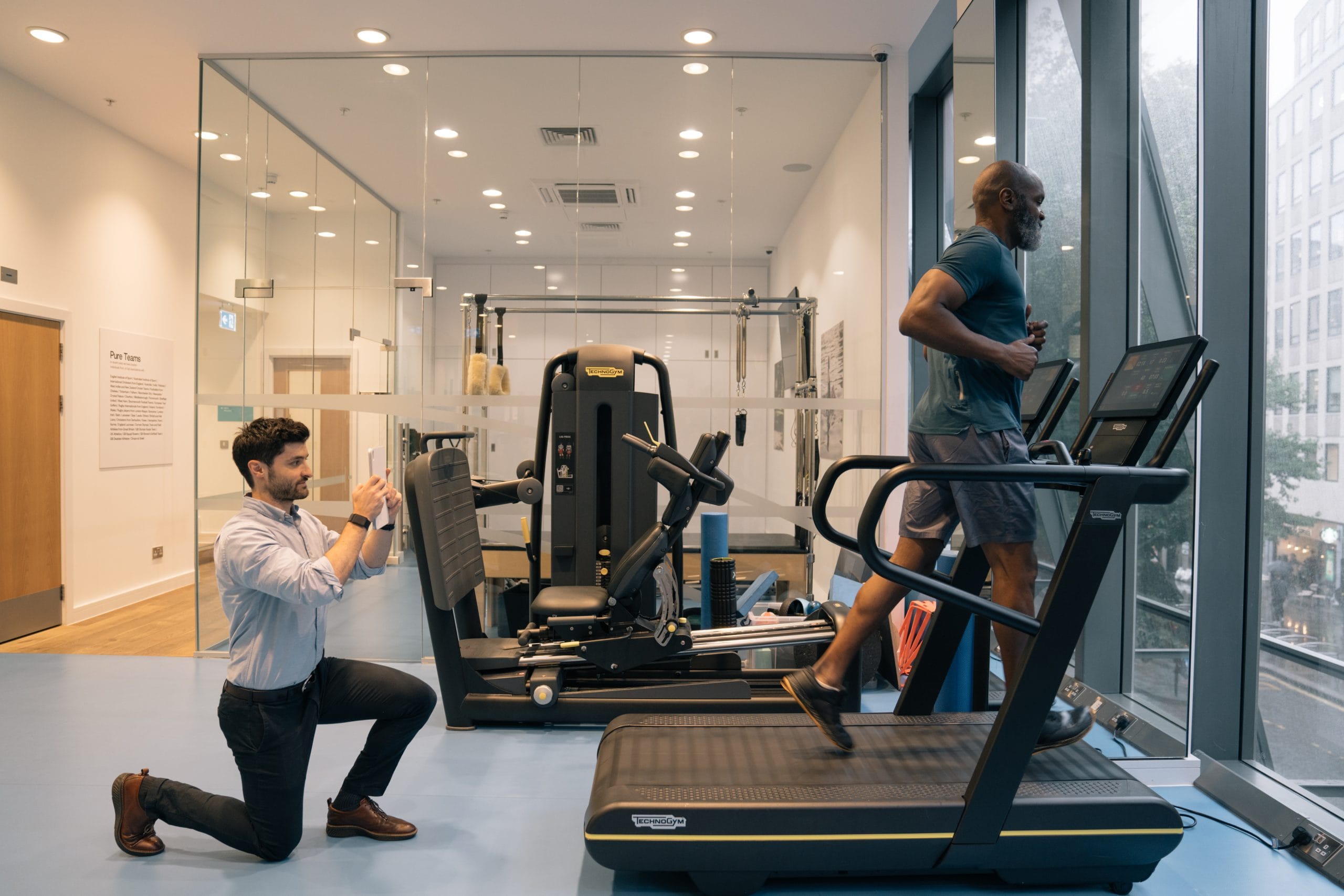
CS: One of the things that’s commonly said in medicine is ‘a dangerous clinician is the clinician who doesn’t know what they don’t know’. If you work in isolation, there are so that you will see a number of things that actually you misdiagnose. You don’t have anybody else looking over your shoulder or in the next room to say, well, ‘what about this’? And, you know, when a patient’s not responding, unfortunately, one of the things that happens commonly in clinical practice is that we blame the patient and we say, oh, ‘they’re just not doing the rehab programme’.
JE: Working in an MDT keeps you honest in the truest sense of the word. You’ve got to justify your thought processes to your colleagues and vice versa. If you’re coming up with some unusual or wacky diagnosis, you’ve got to be able to justify that.
That dialogue is a big part of MDT working. It adds a huge amount in terms of not just the safety and effectiveness of the treatment, but it helps educate and develop the team. Every patient wants to be seen by a well-educated, well-developed and reflective team.
Can this methodology work for any type of athlete, injury or ailment?
JE: It’s best practice, it benefits everybody. That’s true if this is a paediatric, adolescent issue or someone with some an elderly care issue.
My previous experience is working in military rehabilitation. I was very fortunate to run an organisation where multidisciplinary working was the absolute gold standard and pretty much every form of rehabilitation we did had a multidisciplinary team. That could be managing a military athlete with a sprained ankle, to a complex trauma patient who’d lost a limb or suffered a serious brain injury in conflict.
Everyone can benefit from it, those with more complex and diverse conditions can benefit from it even more.
CS: We’re used to seeing it in a sporting context, so often people think of it purely in relation to sporting injuries. As John was alluding to, it has applicability across all aspects of health and wellbeing.
At Pure, one area we’re increasingly focussed on is managing patients with cancer. There’s obviously a big focus on surgery, radiotherapy and chemotherapy, but also the importance of maintaining good exercise, muscle strength and nutrition so people can get through their treatment process. The MDT concept clearly has applicability for all types of patients.
Remember to subscribe to the Pure Pod on Spotify, Apple Podcasts, or wherever you get your podcasts.
- The core principles of an MDT (1:30)
- How an MDT might be used to treat a common knee injury (3:30)
- How an MDT differs to single-discipline approach in practice (12:00)
- The benefits of an MDT for the patient (16:00)
- How an MDT can benefit all types of patient profiles, injuries and common health problems (19:30)
- The role an MDT can play in informing patients, and reducing the risk of ongoing injury (32:15)
- How clinicians use technology to provide best-in-class care (38:00)

Advice
Over the last 20+ years our experts have helped more than 100,000 patients, but we don’t stop there. We also like to share our knowledge and insight to help people lead healthier lives, and here you will find our extensive library of advice on a variety of topics to help you do the same.
OUR ADVICE HUBS See all Advice Hubs